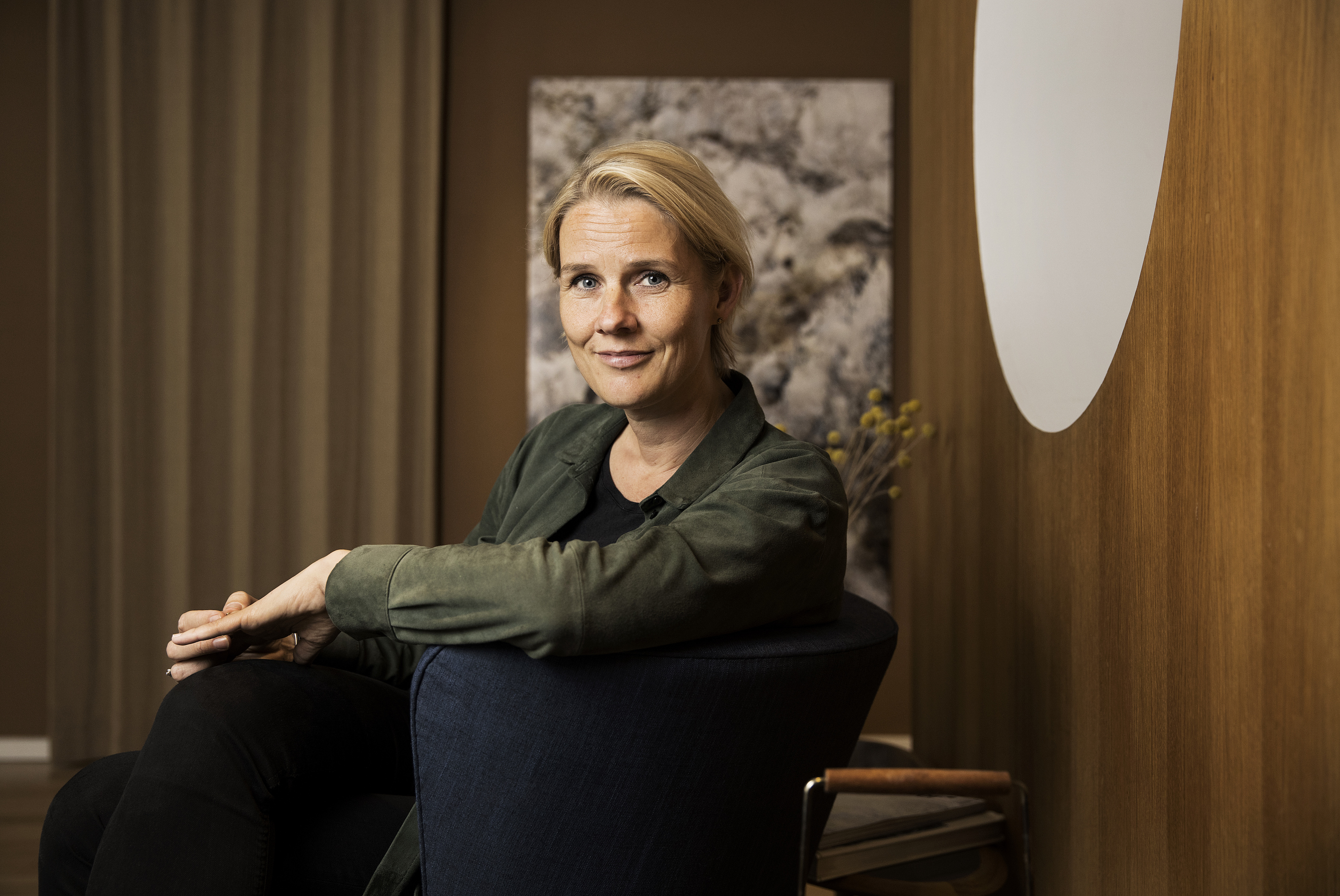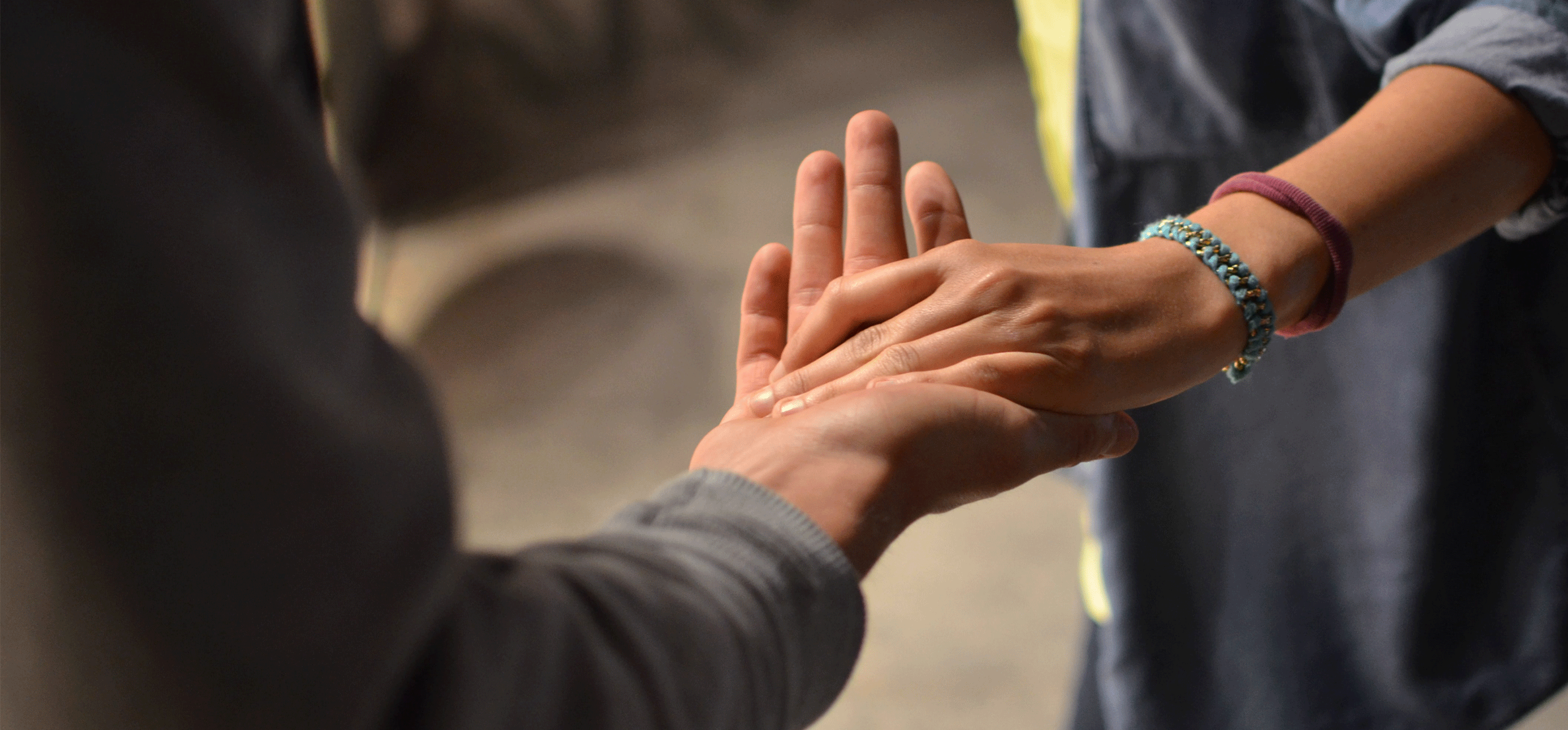
It’s time to reconnect
How rediscovering our human connections leads to more effective marketing.
We’ve recently all gone through a globally shared experience that has brought home the true value of human connections, primarily because we’ve missed them. The COVID-19 pandemic has meant that so much of what we took for granted – social congregation, carefree travel, a warm embrace – now feels exotic. The distance between us has widened and so we turn to technology to bridge the gap. And this means that, not only do we truly understand how valuable feeling connected with people is, we understand how technology – the force that enables us to connect in ways that we could never had imagined – often leaves us feeling isolated.
The technology that allows us to connect is a double-edged sword the challenges us to be even more ‘human’ than we might be in person so that the message survives the medium. And this is as true in marketing as it is in society.
As a member of Worldwide Partners (WPI) – a global network of independent agencies, we had access to a new study they carried out in collaboration with the Global Web Index across 46 global markets. It concluded that we’re witnessing the rise of what they refer to as “tech angst” – the dissonance between our increasing connectedness and our urge to resist technology’s role in our lives.
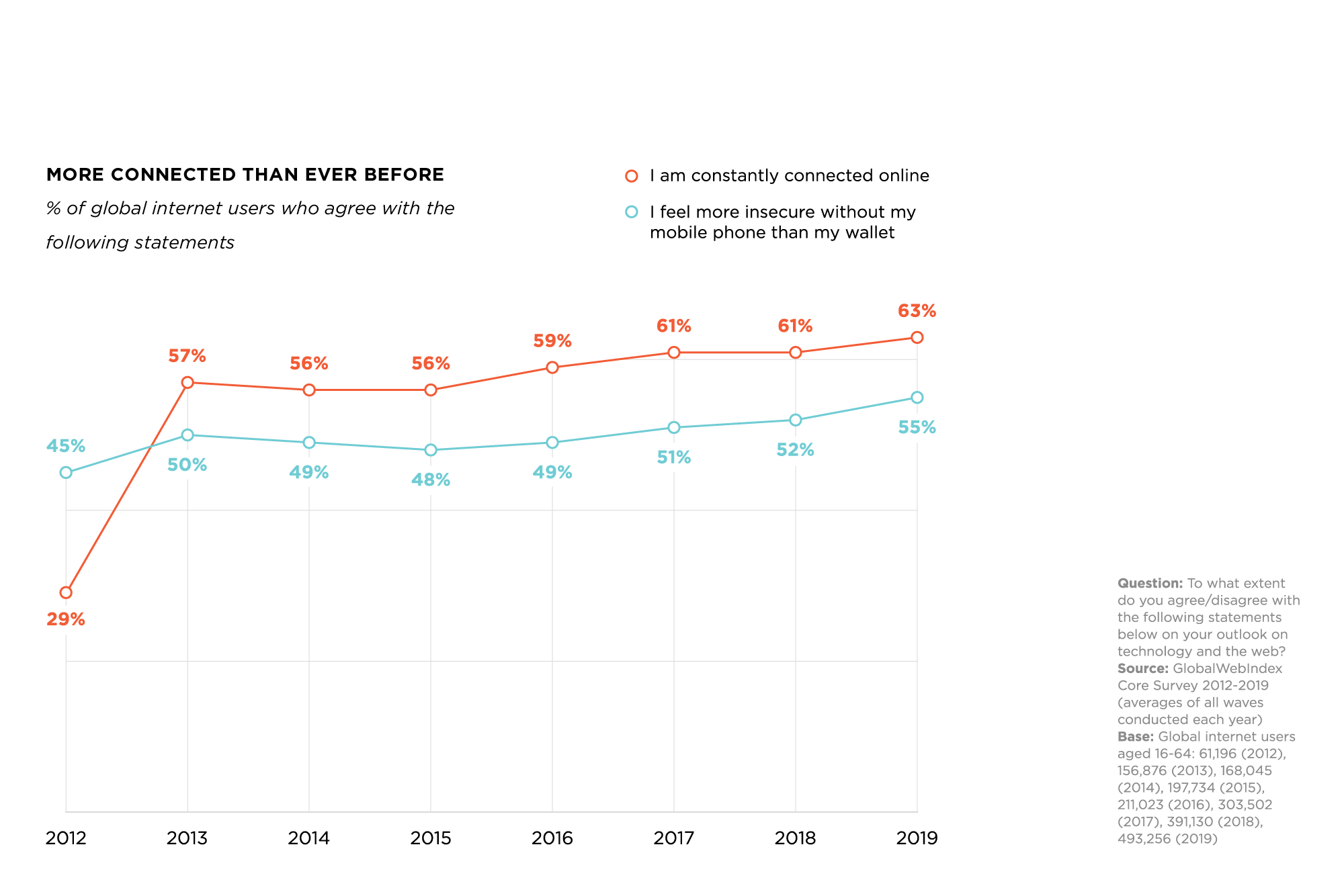
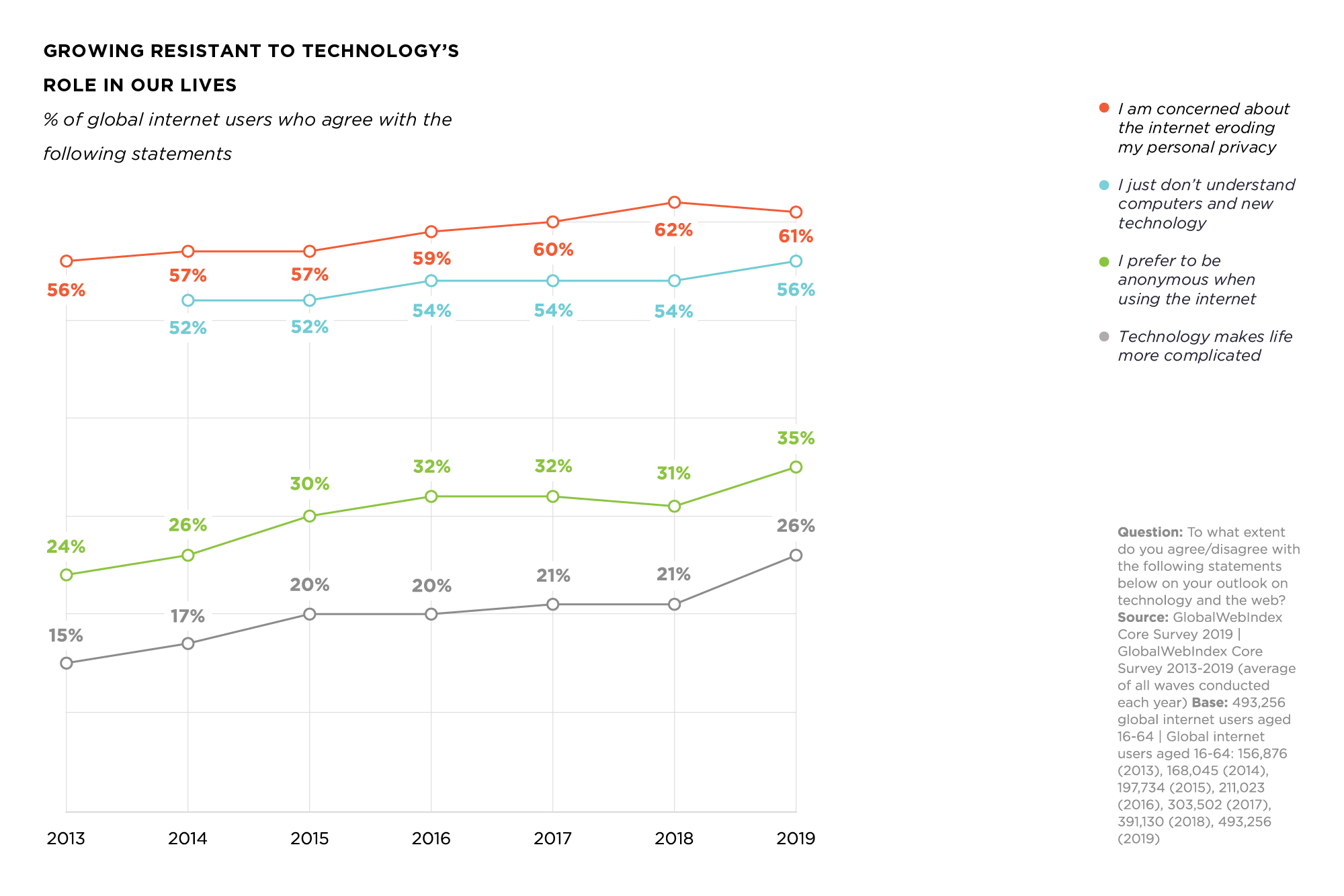
This poses a serious challenge to marketing’s increasing reliance on digital technology in the dissemination of its messages – both in terms of a delivery method and as a tool for finding the insights behind the messages themselves. WPI concludes that, in order to remedy this, we need to steer away from the imagined programmatic bounty of personalised marketing, to the more tangible, tactile and human goal of personal marketing.
This approach mirrors the philosophy we already subscribe to here at Advance: rediscovering what lies at a brand’s core using genuine, human insights, rather reinventing it to chase the shapeshifting zeitgeist. Here’s a few examples of how we think about reconnecting the humans behind the brands with the ones that make up their target audience.
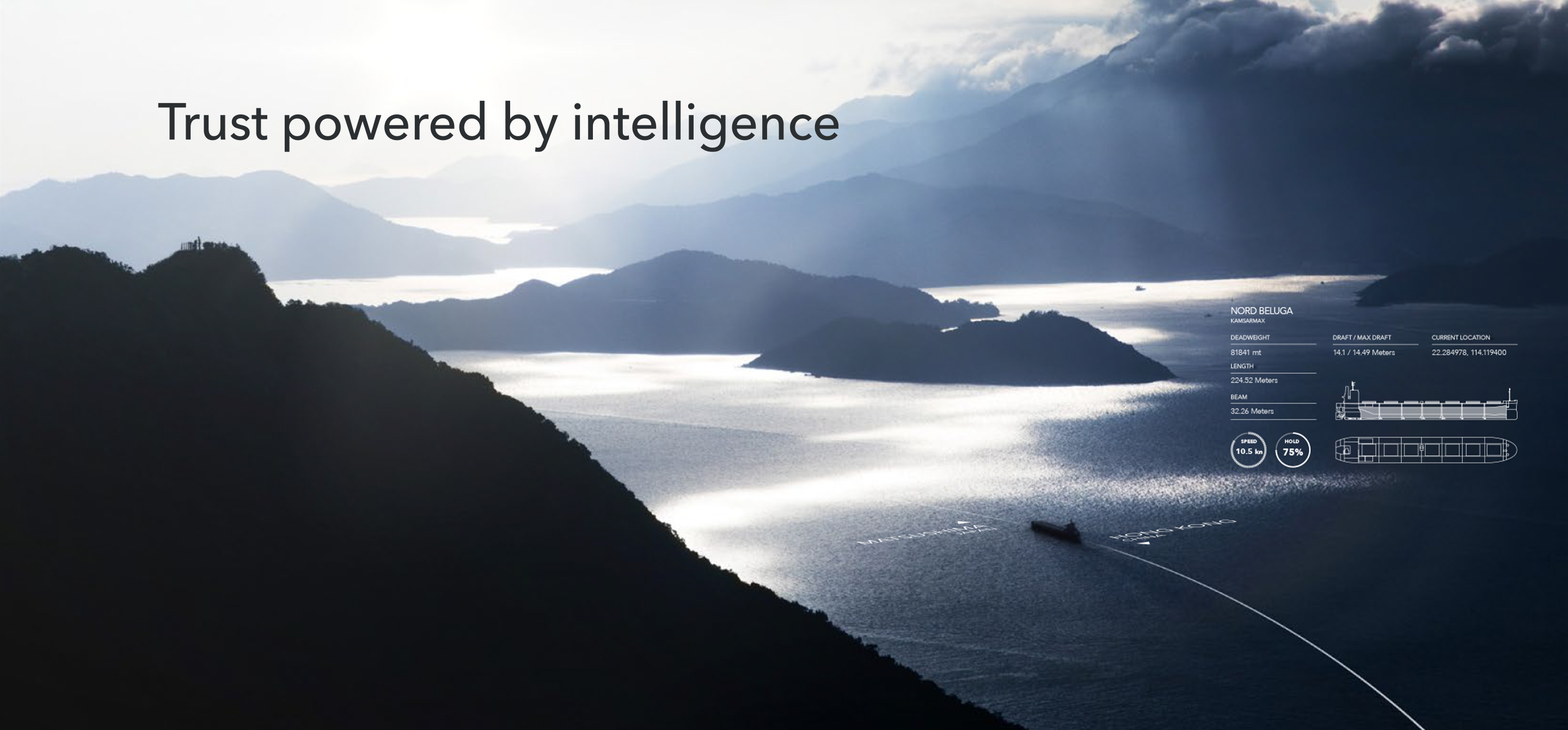
The answer means nothing if the question is wrong: Use data to test a hypothesis, not to find one
When we first met the marketing team at NORDEN, one of Denmark’s oldest shipping companies, we sensed dichotomy at every turn. One foot in the traditional shipping skills of the past but an eye on using digital transformation to revolutionise the business – a future where revenue is generated on the trading floor rather than the dockside.
Our task was to create a new brand story that would unite the entire company, and, after that initial meeting, our instincts suggested that the apparent differences within the organisation could actually be their biggest strength. While we had already decided to speak to members of staff, partners and customers from across NORDEN’s global operation, our first encounter with the culture of the office heavily influenced the questions we would ask. What if our hunch was right and NORDEN’s strength came from the synergy between all the contrasting types of intelligence that their workforce possessed? That the value of seamanship, analytics, emotional intelligence, instincts and diligence, came together to form the very essence of what makes NORDEN successful?
After numerous interviews, our assertion was proved correct and the keyword ‘Intelligence’ in all its forms, laid the foundation of the communication platform we delivered to them: Trust Powered by Intelligence. By rediscovering what binds the human core of NORDEN’s culture rather than reinventing the brand through an ambitious and abstract positioning based on ‘blue ocean’ opportunities in the market landscape, we aid the connection between the human beings in the organisation, and those that they are trying to communicate to.

When it comes to generating creative concepts, data is great, but stories are better: Step aside and let the stories in your business speak for themselves
Sometimes, data helps us see patterns that are impossible to discern in real-life experiences. But sometimes, it just gets in the way of understanding how we think, talk and behave as human beings. Coloplast is one of our longest running client relationships. They provide products and services for those with intimate healthcare needs such as catheter users or people with a stoma. It stands to reason the establishing a human connection in their marketing is of vital importance, but it takes commitment from any brand to make the investment required to realise it.
Luckily, Coloplast understands that the best way to get the required level of human authenticity is to let their customers tell their own stories. And so, in the latest corporate campaign, Advance was tasked with meeting with nine users from six countries to describe how Coloplast helped them get through times of doubt and vulnerability.
Real human insights are the lifeblood of communication that is capable of sustaining a human connection with your customers. But when you're handed a user study that strips away the language of the respondents, leaving you with the just the facts, insights are much harder to come by. It's the words people use to describe their experiences that help us to understand how people think – not just what they think.

When it comes to digital, it pays to embrace the culture of the natives: Understand your audience to make the engagement genuine
The term ‘engagement’ and all the sales it promises has been part of the marketing lexicon for some time now, but sometimes it seems that this has merely become shorthand for ‘views’, ‘shares’ or ‘clicks’ with very little thought given to the actual experience of the human beings that interact with (or are simply subjected to) the content we release into the world.
So, when LEGO asked us to create a social media campaign for their LEGO Jurassic World line, we did a deep dive into what the kids we wanted to connect with demanded from content if they are to give it any of their attention. As digital natives and keen gamers, the key word was ‘control’. If they’re not in the centre of the action and able to affect their experience, they’re not interested.
Our solution was to eschew passive film content in favour of an immersive ‘Choose Your Own Adventure’ narrative flow that used the YouTube platform to allow the kids to decide how the story should continue. Not only did this win the hearts of the kids, it complemented YouTube’s algorithm that rewards the longer viewing times the game required.
It’s easy to fall into the kind of thinking that assumes that we’re sliding inexorably towards a future where an AI can know us better than we know ourselves, but I only have to look at adtech’s ham-fisted attempts to sell me high-heel boots the minute my girlfriend sends me a link for a pair of shoes she wants my honest opinion about, to know that humankind still has a lot to offer in terms of forming genuine, personal and authentic connections.
Native of the UK, Chris has been a creative at Advance for 13 years.
The author
Chris Calvert
Concept Development, Copy
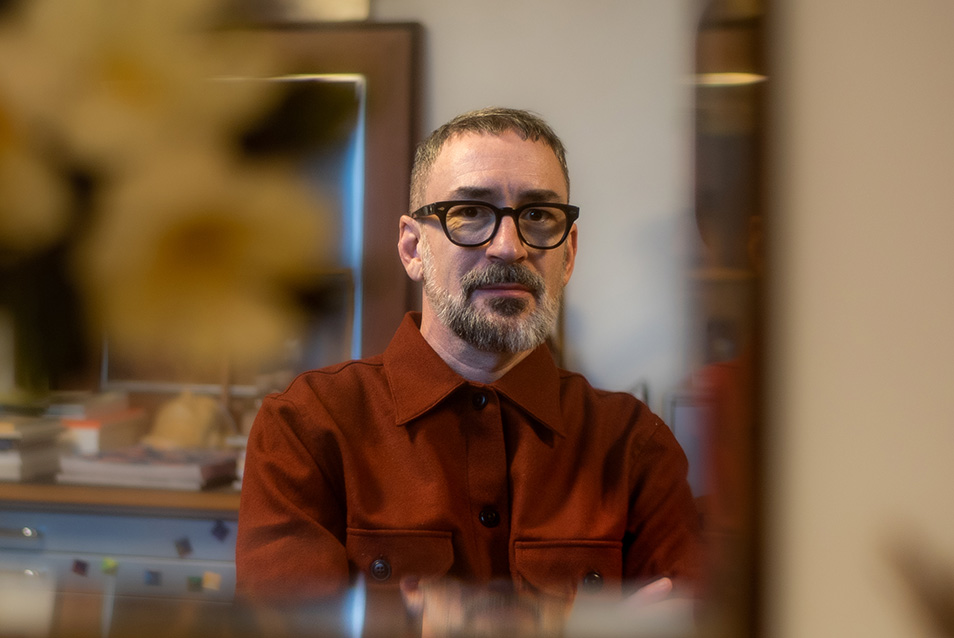
Want to know more about how we help our clients succeed internationally?
Get in touch
Ann-Louise Rosen
Co-CEO, Partner
30 30 29 73 ARO@advance.dk